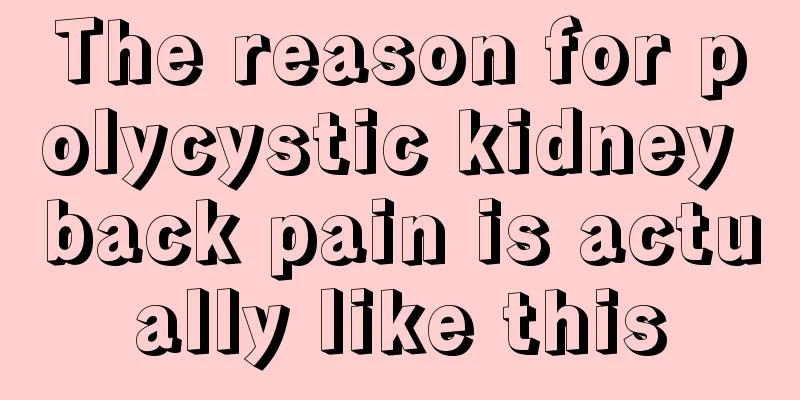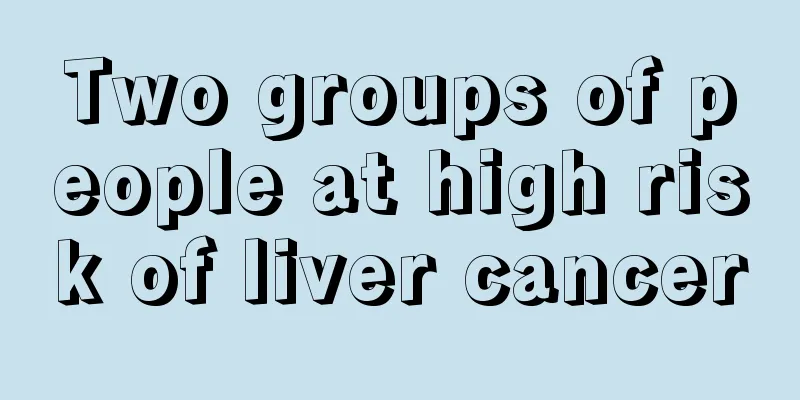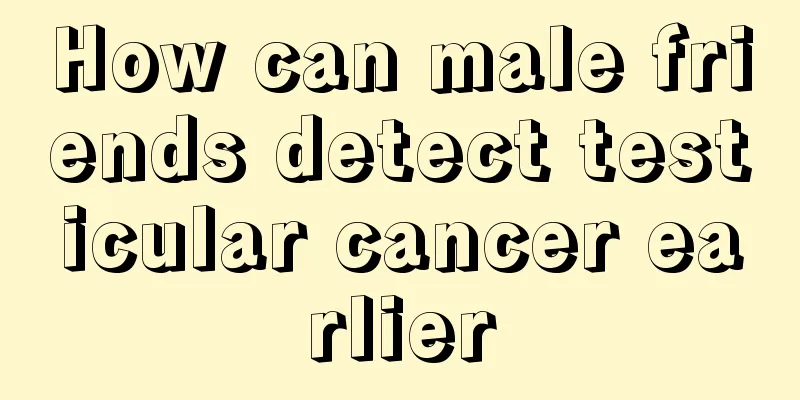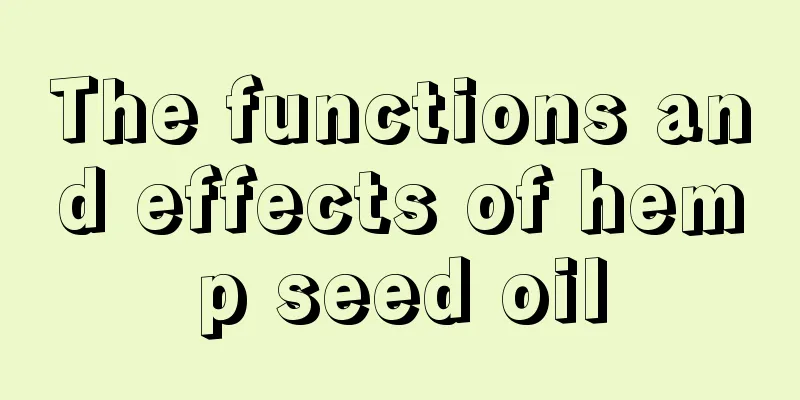The reason for polycystic kidney back pain is actually like this

|
Polycystic kidney disease is a genetic disease with a relatively high incidence rate among middle-aged and elderly people. It poses a huge threat to human health. Therefore, any symptoms that occur in patients with polycystic kidney disease should not be underestimated. So what exactly is causing the lower back pain caused by polycystic kidneys? In fact, this is related to five reasons, the first of which is kidney cyst. 1. Renal cyst: Many symptoms of polycystic kidney disease patients are closely related to the development of renal cysts. There are multiple fluid-filled cysts in the renal cortex and medulla, with diameters ranging from a few millimeters to several centimeters. The size and number of the cysts gradually increase with the progression of the disease. The degree of renal cyst enlargement in male patients is higher than that in female patients. 2. Pain: Pain in the back or ribs is the most common symptom in patients with polycystic kidney disease. Symptoms become more obvious with age and the size of the cyst, and are more common in women. Acute pain or sudden increase in pain often indicates urinary tract obstruction and concurrent infection caused by cyst rupture and bleeding, stones or blood clots. 3. Bleeding: More than 90% of patients have intracystic bleeding or macroscopic hematuria. It is usually spontaneous but may also occur after strenuous exercise or trauma. Causes of hematuria include ruptured blood vessels in cysts, stones, infection or cancer. Generally, hematuria is self-limited and disappears on its own within 2 to 7 days. If bleeding persists for more than one week or the patient is older than 50 years old, cancer should be ruled out. 4. Hypertension: It is one of the most common early manifestations of polycystic kidney disease. Fifty percent of young polycystic kidney patients with normal renal function have blood pressure above 140/90 mmHg, while almost 100 percent of patients with end-stage renal disease have hypertension. The level of blood pressure is directly proportional to the size of the kidneys and the number of cysts, and it increases with age. 5. Renal function damage: Early renal function damage is often manifested as a decrease in the kidney's concentrating function. Most patients can maintain normal renal function in their 40 to 60 years when the cyst grows; once renal function begins to decline, the glomerular filtration rate decreases by about 4.4 to 5.5 ml/min per year, and the time from renal impairment to end-stage renal disease is about 10 years. Warm reminder: When patients find out that they have polycystic kidney disease, they don’t need to be nervous or afraid, but they should not underestimate the harm of polycystic kidney disease. Because polycystic kidney disease is very harmful and causes serious damage to the patient's health, patients should go to the hospital for relevant examinations and receive treatment from a doctor as soon as possible. I hope everyone will recover their health soon. |
<<: The truth about goose egg white fetal toxicity is actually like this
>>: Is it true that red dates water can remove fetal toxins?
Recommend
Breast cancer chemotherapy and radiotherapy survival period
Breast cancer chemotherapy and radiotherapy survi...
What are the symptoms of hamartoma
The incidence of hamartoma has been on the rise i...
What is the main cause of nasopharyngeal carcinoma?
Nasopharyngeal cancer is a common disease in life...
What is the disease of shaking head
Shaking your head is a simple action, which gener...
How to relieve the pain of burns
In daily life, it is easy to get burns, and there...
What are the acupuncture treatments for facial paralysis
Facial paralysis is a kind of movement dysfunctio...
What are the common sense about olive oil skin care
I believe many people know what olive oil is, and...
What medicine to take for advanced colon cancer
What medicine should be taken for advanced colon ...
Is there any way to prolong life in the late stage of lung cancer?
Lung cancer is one of the malignant tumors with t...
How to deal with moldy shoes
When the weather is humid, we will easily find th...
My nose has bloodshot recently, what's going on?
The nasal cavity is a very sensitive area and it ...
What is the correct way to soak Gan Ning Meng in water
Dried lemon slices are available in supermarkets ...
When should the tuberculosis vaccine be given?
Everyone knows the great harm of tuberculosis. Un...
Pathological grading of malignant melanoma of skin cancer
Malignant melanoma is a highly malignant skin can...
What's wrong with horse racing while sleeping at night
It is normal for men to have marathon sex 1-2 tim...









